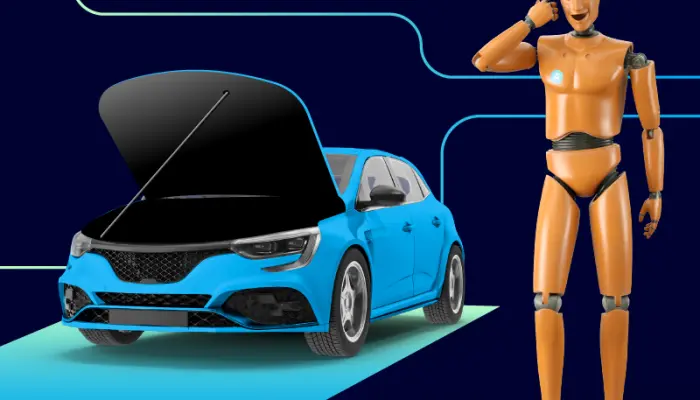Maintaining your car is essential for its proper functioning. After all, it's been proven that the more often you perform maintenance, the better it is for your car — and for your wallet. While there are many workshops for servicing your car, both authorized and independent, there are also some maintenance tasks that you can do yourself.
Simply follow the instructions to do it safely, without risking your car. And remember, always keep track of replacements and maintenance needed for your vehicle. This not only increases its residual value but also helps you and your workshop know exactly what your car needs and when.
What maintenance tasks can you do yourself, and how do you do them step-by-step?
1. Checking/Changing Wiper Blades
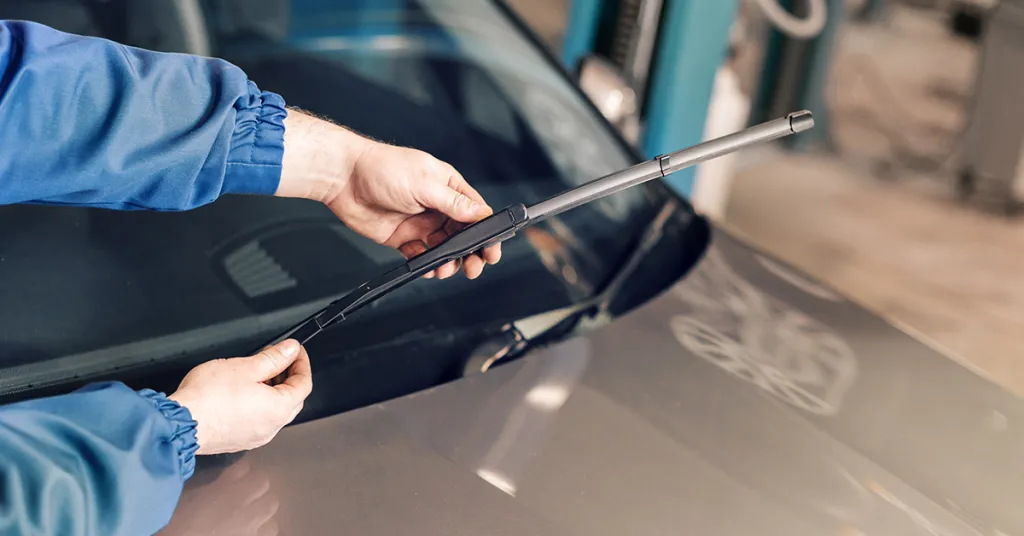
You mostly use them in winter, but right after summer is the perfect time to change them. The reason is that wiper blades tend to dry out due to the high temperature differences in our country.
However, apart from natural wear and tear, wiper blades may periodically need replacing for various reasons, from getting a stone stuck in them to a torn rubber strip.
How to check their condition? Turn on the wipers even in the summer months or during dry periods. Pour some water on the windows and see how they clean up. If streaks remain on the windows, or worse, the wipers leave more scratches than before, it’s time to replace them.
How to replace them? To replace them, you simply need to buy wiper blades. This is a special thin strip of rubber that you can find at auto parts stores or online. Note that the rubber strip can vary depending on your car.
- Measure the length of the wipers to buy the right strip. Make sure to measure each wiper separately, as they may differ from left to right.
- Lift the wiper and pull it toward you.
- Find the metal clip connecting the strip to the wiper and press it, pulling the strip out.
- Install the new strip and repeat for the other wiper.
Warning! If replacing the wipers doesn’t solve the problem and you still see issues with window cleaning, there might be another reason, and a simple replacement won’t be enough (e.g., a motor failure). In this case, it's better to go to your workshop.
2. Changing the Air Filter
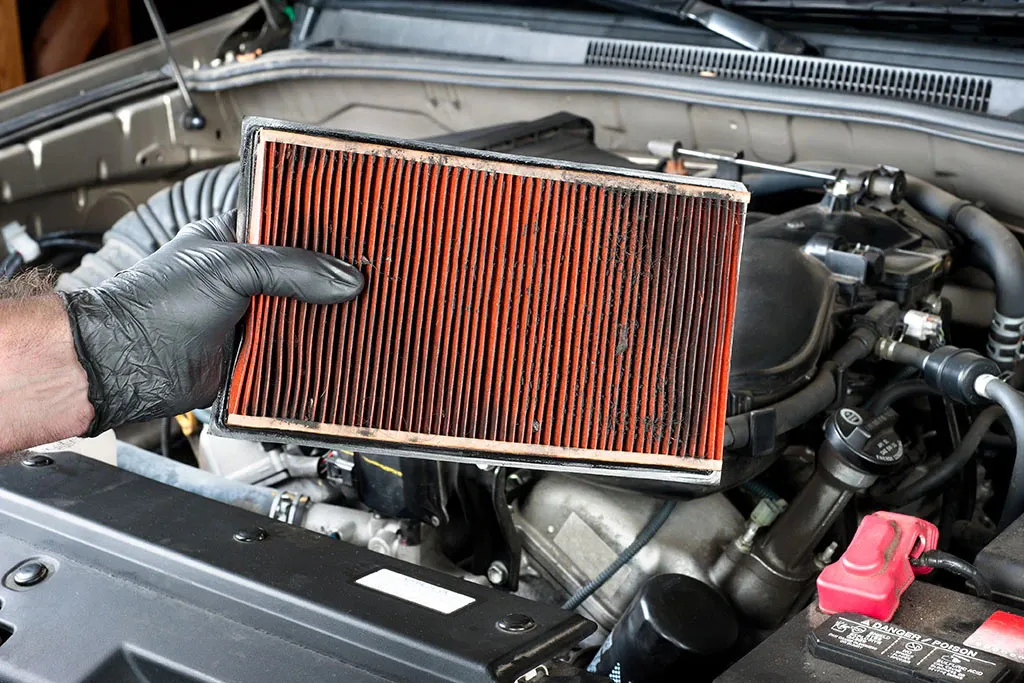
The air filter is one of the most important components of a car. It keeps the engine clean by preventing dust, insects, and microparticles from entering. Essentially, it acts as a filter, preventing debris from getting into the engine, affecting its performance and longevity.
How to replace it? The air filter is an inexpensive part that you can easily and relatively simply replace yourself. Follow these steps:
- Open the hood and find the air filter — usually covered and located near the engine. Search online or at a parts store to find the type suitable for your car.
- Open the cover and remove the filter. Depending on the car, you might have to unscrew or press harder on the corners.
- Remove the filter and clean it with compressed air or a vacuum.
- Install the new filter. Make sure it’s installed correctly (like the old one) and close the cover. Ensure it’s properly in place, and no additional steps are needed.
How often should the air filter be changed? The air filter directly affects engine performance, so its replacement frequency depends on operating conditions and external factors. It's usually recommended to change it every 40,000 km or once a year. Monitor engine performance; if it loses power or responsiveness, changing the air filter can be a simple and inexpensive solution.
3. Transmission Oil
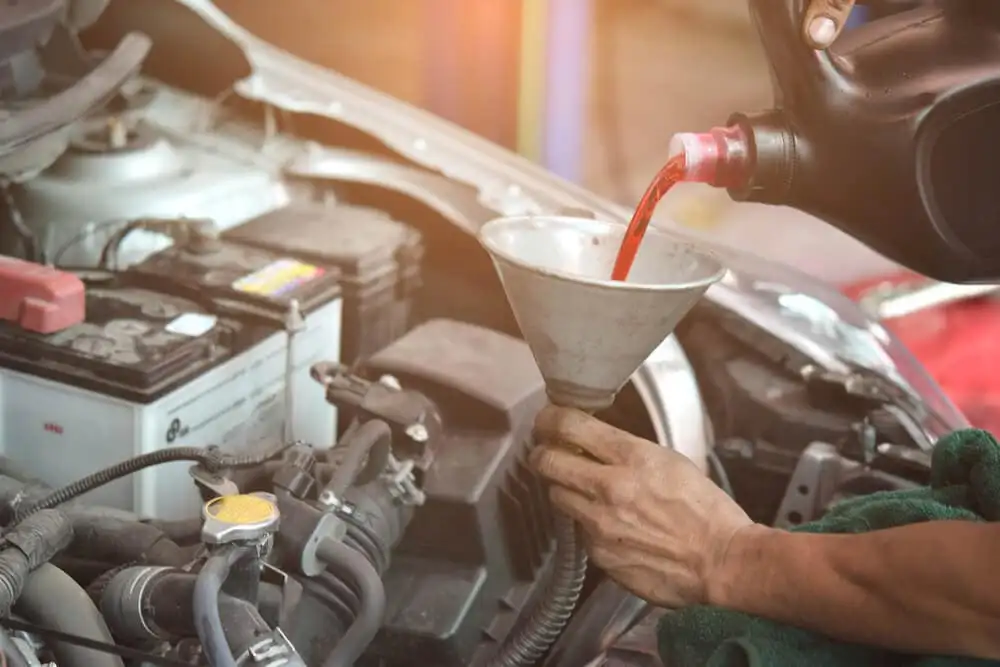
Hearing strange noises from the car at high speeds? Feel the transmission “sticking” when shifting? It’s likely time to replace the differential and transmission oil.
Since the differential and transmission are out of sight, many drivers forget about regular maintenance and fluid replacement. Depending on the location of the transmission or differential, you may need a pump to access the plugs. This task requires some caution and sometimes one or two specialized tools, but if you have experience as a mechanic or often do repairs yourself, you won’t have difficulty.
Remember, each car is unique, so always consult the manual or a professional mechanic. Additionally, you may need to lift the car on a jack to change the transmission oil, so ensure it’s securely positioned on jack stands.
4. Changing Bulbs/Headlights
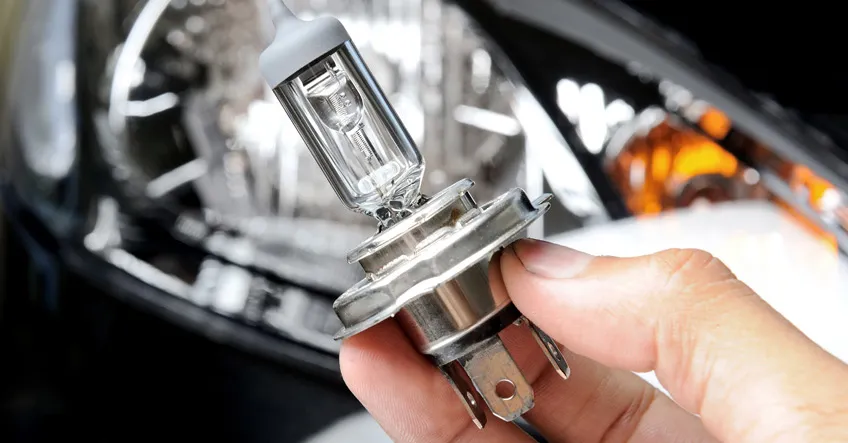
Your car’s headlights must be fully functional and in excellent condition. Otherwise, besides being dangerous, it’s also illegal. The truth is, if your car is equipped with non-halogen headlights, like newer technology ones (xenon, LED, laser), their replacement is only done at a workshop, as it requires replacing the entire headlight, not just the bulb.
However, if you have classic halogen headlights, their replacement can be done easily and inexpensively. Simply follow these steps:
- Open the hood and find the back part connecting the bulb to the headlight.
- Remove the protective covers (may need unscrewing) and find the blown bulb. You’ll need to twist the socket and disconnect the bulb from the connectors.
- Remove the bulb and install a new one the same way. Note: Wear gloves and don’t touch the bulb with your bare hand. Any moisture can damage the headlight when turned on.
- Ensure the new bulb is correctly installed, both in the headlight and connectors. Securely close the protective cover and screw it in if needed.
How to check the headlights? To check the headlights, simply inspect them in the dark. Before heading out, turn on all the car's lights and make sure they work. In particular, always check parking lights, turn signals, hazard lights, and brake lights before driving.
In conclusion, car maintenance can’t be entirely your task. Workshops provide services from specialized personnel and mechanics capable of handling any issues. However, there are simpler tasks, and it's good to know how to do them yourself if needed. In any case, take care of your car and ensure it receives proper maintenance. It will repay you.
